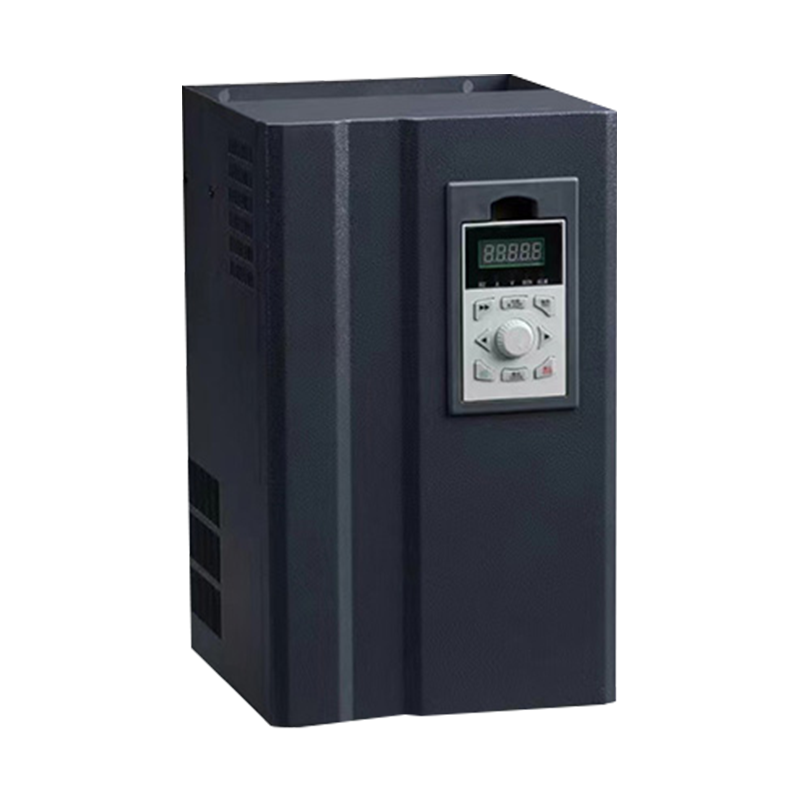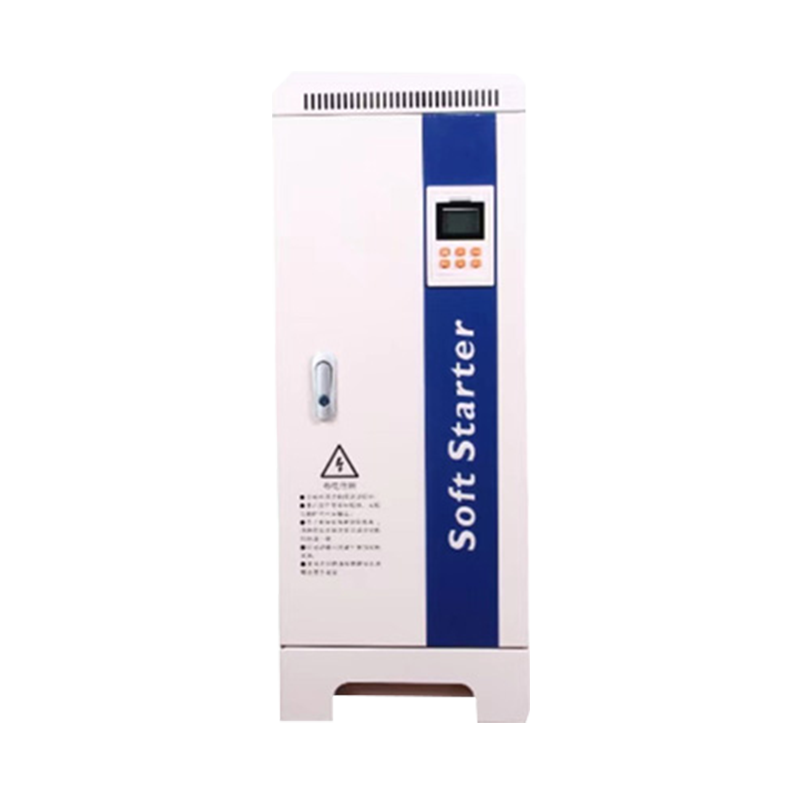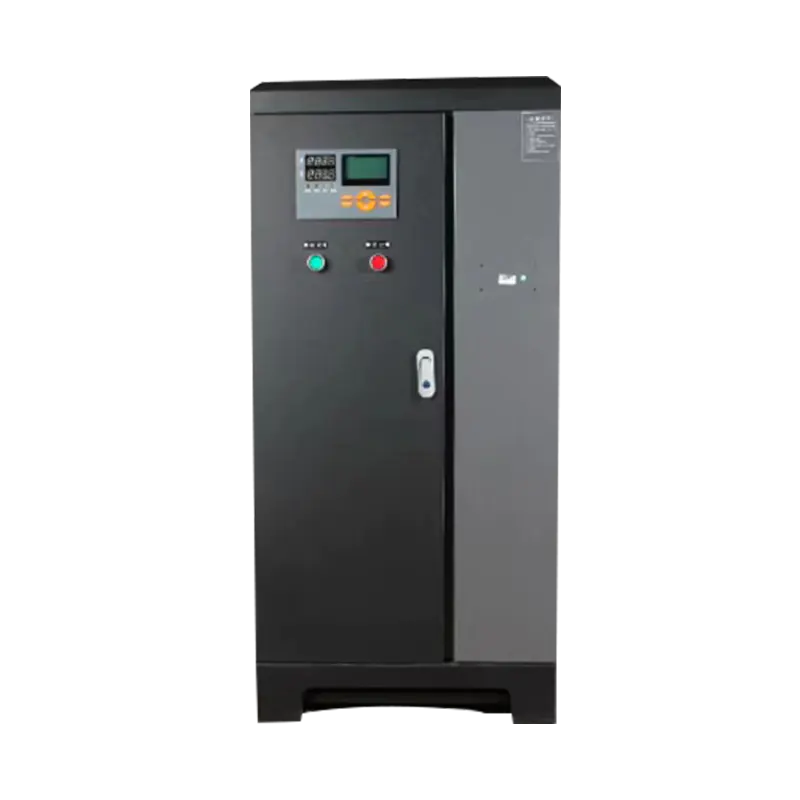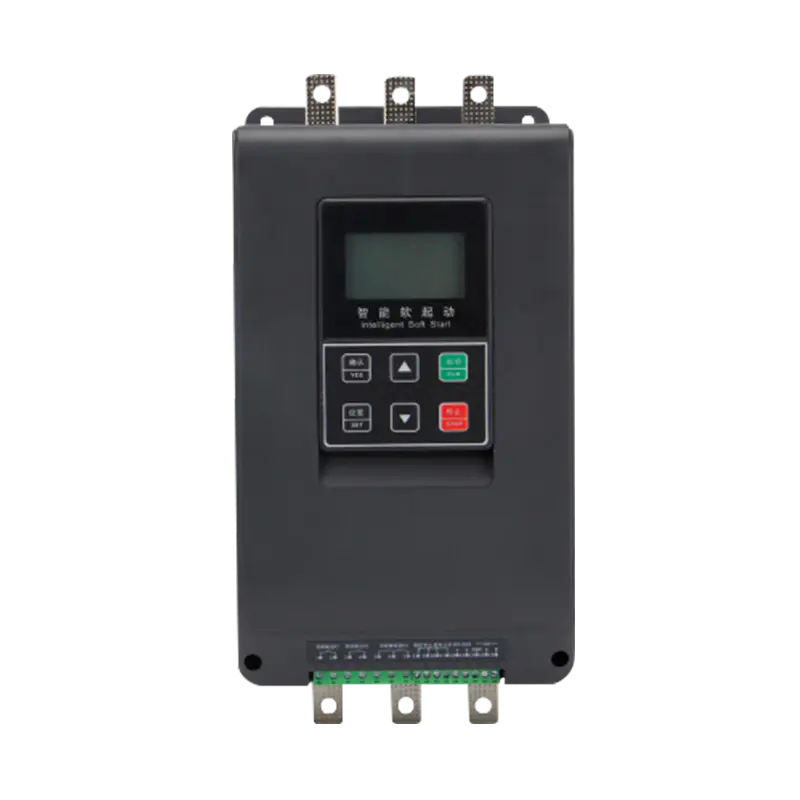-

+86-577-57156888
-

-

+86-577-57155869
-

11th Floor, Building 6, Headquarters Economic Park, Yueqing, Zhejiang, China
Why External Bypass Soft Starter Reduces Mechanical Wear In Pumps?
Industry News-When water pump systems are frequently started and stopped, the mechanical components within the equipment endure repeated stress. The use of a Water Pump Starter together with an External Bypass Soft Starter provides a more stable and controlled approach to operating the motor, significantly reducing the wear and tear associated with conventional starting methods. This configuration has become a practical solution in modern irrigation, water treatment, and industrial applications where maintaining pump longevity is critical.

Understanding the Mechanical Impact of Traditional Starting
Traditional direct-on-line (DOL) or star-delta starting methods cause a sudden surge of electrical current and mechanical torque when the motor begins to run. Over time, these repetitive shocks shorten the lifespan of mechanical components and increase maintenance requirements.
For pumps handling large volumes of water or operating under high pressure, such mechanical stress becomes even more pronounced. The abrupt changes in flow and pressure can trigger water hammer effects in the piping system, resulting in further mechanical damage and operational instability. Addressing this issue requires a system capable of managing both electrical and mechanical dynamics during motor startup and shutdown.
How External Bypass Soft Starter Controls Mechanical Stress
The integration of an External Bypass Soft Starter with a Water Pump Starter allows the pump motor to accelerate smoothly by controlling voltage and current at the beginning of the start-up process. Instead of immediately applying full voltage, the device gradually increases power to the motor, producing a controlled ramp-up in speed. This gentle start eliminates sudden torque changes, protecting internal components from shock loads.
Reducing Wear on Pump Components
Pumps consist of precision-engineered parts that depend on balanced motion and smooth power transmission. The bearings and impeller, in particular, are sensitive to sudden load changes. The External Bypass Soft Starter reduces these load spikes by limiting the starting current and torque, which prevents mechanical components from experiencing abrupt force variations.
In addition, the gradual start helps prevent misalignment between the motor and pump shaft—a common issue caused by vibration during hard starts. By maintaining mechanical balance, the system avoids excessive wear on seals and couplings. When the pump stops, the soft stop function also ensures that deceleration is gradual, preventing the backflow or pressure surges that can otherwise damage seals and valves.
This smoother mechanical performance translates to lower maintenance demands and more stable long-term operation. Pumps running under such conditions tend to exhibit fewer breakdowns and require less frequent replacement of moving parts.
Benefits for Systems Requiring Frequent Start and Stop Cycles
Irrigation systems, wastewater treatment plants, and industrial cooling circuits often operate pumps in cycles—starting and stopping multiple times per day based on system demand. Each cycle introduces mechanical stress unless controlled carefully. The Water Pump Starter and External Bypass Soft Starter combination handles these cycles efficiently, enabling consistent operation without repetitive shocks to the system.
In irrigation, for example, where pumps must deliver water in timed intervals, the soft starter prevents the mechanical jolts associated with each restart. Similarly, in pressure-controlled systems, it stabilizes water flow and pressure without creating turbulence or vibration that could reduce the lifespan of pipelines and joints.
Supporting Energy Efficiency and Thermal Control
While the main purpose of the External Bypass Soft Starter is to manage motor acceleration, it also contributes indirectly to mechanical protection through energy management. When a motor starts without control, the sudden high current can generate heat, causing thermal expansion in motor parts and pump components. Over time, this temperature fluctuation can cause misalignment or structural fatigue.
The gradual voltage increase in a soft starter reduces the initial current surge, thereby lowering the thermal load on both electrical and mechanical parts. Furthermore, once the motor reaches operational speed, the bypass mode helps maintain efficient power transfer without generating excess heat in the starter circuit. This temperature stability contributes to reduced mechanical expansion and contraction, keeping components within safe operating conditions.
 English
English 中文简体
中文简体 عربى
عربى







 浙公网安备33038202003754号
浙公网安备33038202003754号